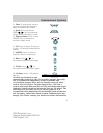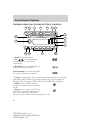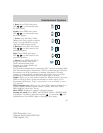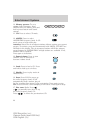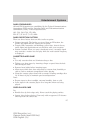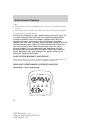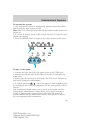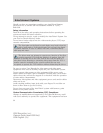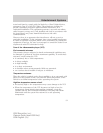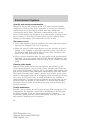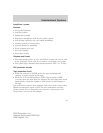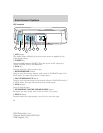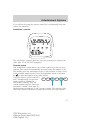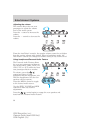
tested and found to comply with the limits for a Class B digital device,
pursuant to Part 15 of the FCC Rules. These limits are designed to
provide reasonable protection against harmful interference in a
residential installation. This equipment generates, uses and can radiate
radio frequency energy and, if not installed and used in accordance with
the instructions, may cause harmful interference and radio
communications.
However, there is no guarantee that interference will not occur in a
particular installation. If this equipment does cause harmful interference
to radio or television reception, which can be determined by turning the
equipment off and on, the user is encouraged to consult the dealer or an
experienced radio/TV technician for help.
Care of the videocassette player (VCP)
Environmental extremes
Videocassette players subjected to harsh environmental conditions may
be damaged or perform at less than maximum capability. To avoid these
outcomes, avoid leaving the VCP:
• in extremely hot or cold temperatures.
• in direct sunlight.
• in high humidity.
• in a dusty environment.
• in locations where strong magnetic fields are generated.
• on a surface that is instable or subject to vibrations.
Temperature extremes
When the vehicle is parked under direct sunlight or in an extremely cold
place for a long period of time, wait until the cabin temperature of the
vehicle is at normal temperature before operating the system.
High/low temperature sensor circuit
• Excessively high or low temperatures may cause damage to the VCP.
• When the temperature of the VCP becomes too high or low, the
temperature sensor circuit stops machine operation, ejects the
cassette and the WAIT indicator illuminates. The lamp will remain
illuminated until the system has returned to a safe operating
temperature.
2004 Econoline (eco)
Owners Guide (post-2002-fmt)
USA English (fus)
Entertainment Systems
31



